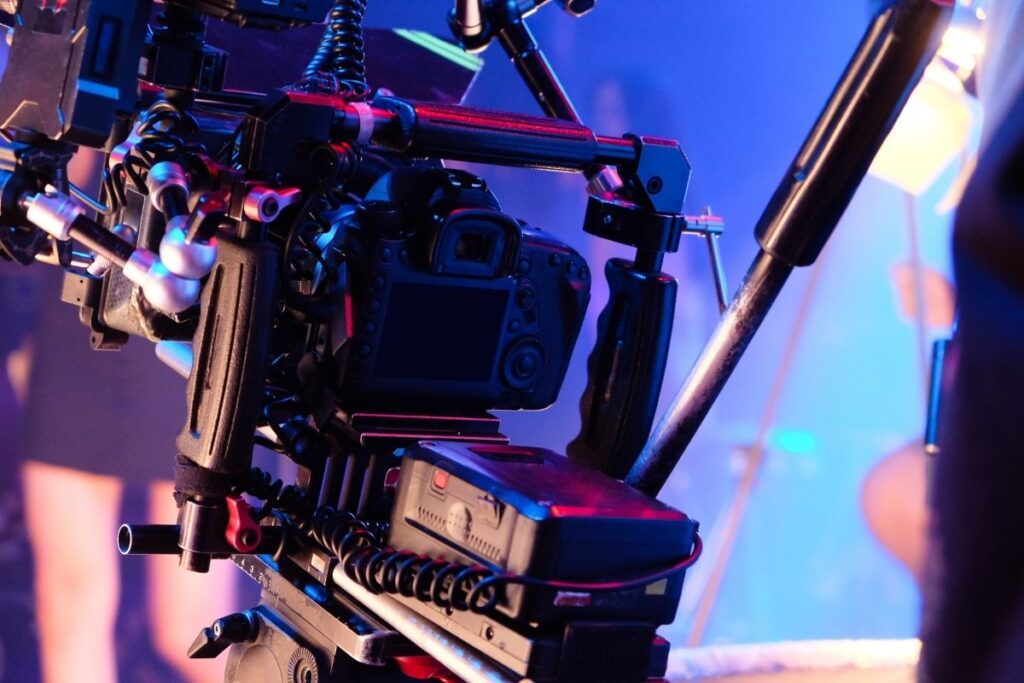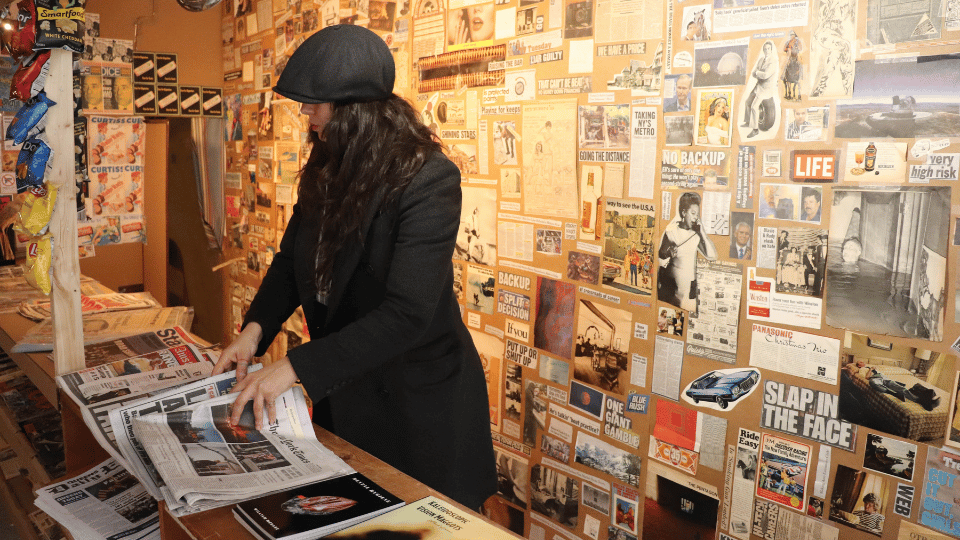“Spielberg and George Lucas started to collaborate on movies together. They decided they were going to do Indiana Jones. But before they did that, George Lucas did the first Star Wars. And if you remember the first Star Wars, it was episode IV,” Thomas Mangan explains. “He had already conceived this as a series of nine movies.
In 1977 Lucas stated, “I’m going to make nine movies over two hours. I’m going to tell this story over 18 hours.” This led Spielberg and Lucas to collaborate on Indiana Jones, which was released two years later in ’79. Indiana Jones was also a trilogy. The idea of movie trilogies wasn’t perceived as sequels like they are now in today’s movies—it was considered a long-form from storytelling.
Lucas didn’t like the two-hour limit placed on films; therefore, he made a longer version of the movie by expanding them into a series of films. It changed the way the film industry made movies. However, many people interpreted it as “sequels work.”
Mangan states, “If you look at movies now, where even The Avengers still follow that model, they take the same characters and they put them in different movies. They interweave in between multiple stories, which is very akin to what Netflix has done with the binging of television shows.”
“They’ll make a show and then make it available so you can watch the whole show. But if you watch an episodic series of 10 shows or 8 TV shows—I just finished watching Killing Eve season 2 last night—it’s one long movie. Netflix copied George Lucas’s movie-making model to create this disruptive form of binge-watching TV.”








